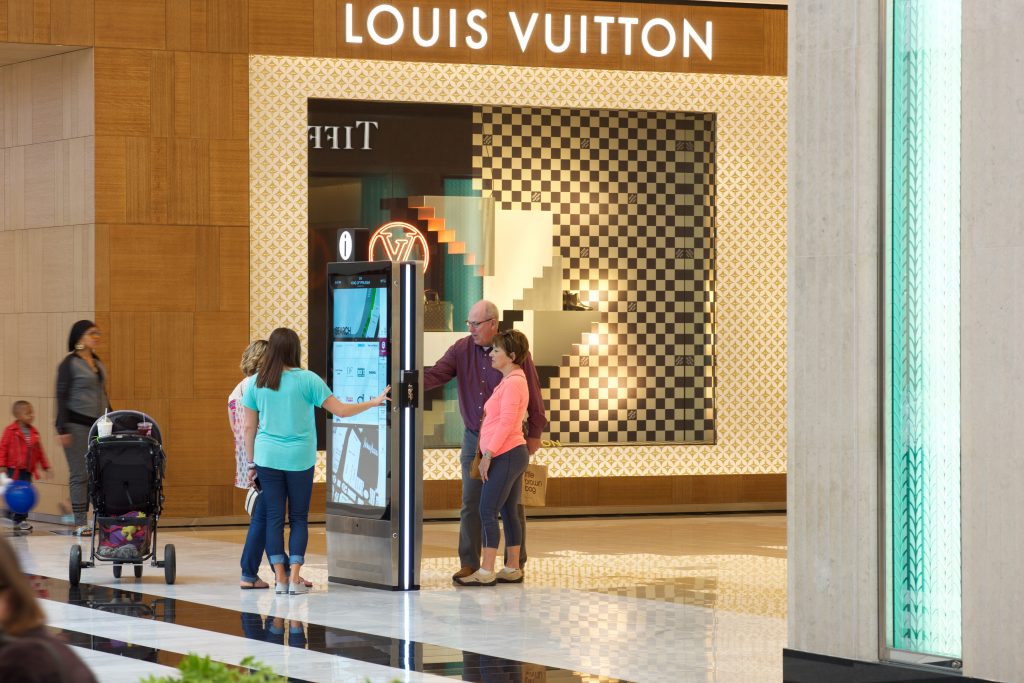
For hundreds of years, newspapers served as the primary source of news and gossip, captivating readers on a daily basis. People across the world began each day with a cup of coffee, and a newspaper. Advertisers took advantage of a captive audience, paying handsomely to reach newspaper subscribers by the hundreds of thousands, and in many cases millions.
But as time has passed, well – you know the story. More and more vehicles to deliver news and gossip entered the marketplace. First it was radio, then television – and then, the Internet became ubiquitous. Newspapers suffered while the digital world advanced. Advertisers spread out investments, leaving less for newspapers, or ‘print media.’ In some cases, advertisers fled print media entirely.
While it may be well known, this simple bit of history is important to understand when entering into a discussion about my industry, Visual Communications in the Built World.
Visual Communications in the built world – dynamic digital media, billboards, digital displays, digital window posters and more — offer a unique opportunity in 2017 and beyond, an opportunity perhaps closer than any to the one seized by advertiser’s decades ago in newspapers.
That’s because Visual Communications in the built world find people in the rare state of being between mediums.
As commuters drive to and from work each day, few are watching one of hundreds of TV channels that are available to them at home. And they (hopefully!) are not texting or reading anything on their mobile phone screens.
With their eyes on only the road in front of them, a digital billboard might be the only option to clearly communicate a brand, a product or even an emergency.
In shopping centers, airports, at college campuses and other venues, the same unique opportunity to communicate in a less media cluttered world is obvious. As shoppers stroll from one store to the next; as travelers move from security to their gate; and, as students leave class for their dorm: They are available consumers.
Until they see a digital window poster or interactive kiosk.
Visual Communications in the built world have enormous advantages.
These are vehicles that can be used to communicate news, stories and information. Visual Communications in the built world can influence choice and behavior.
Like the wandering minds of consumers – these are vehicles that can be changed in seconds. We can be interactive, dynamic, current, bright and interesting. We can incorporate sound and other senses to tell our stories in places where people like to be. We can deliver experiences.
If the products that make these experiences are seen only as individual components, with names like DOOH, EMC’s, LCD’s, LED’s, Projection, and CMS – our world can be confusing.
But put together and packaged as Visual Solutions, our world is easy to understand. Like your father and his newspaper of yesteryear – consumers and Visual Communications of today is the newest form of media that can transform experiences – and generate revenue.


